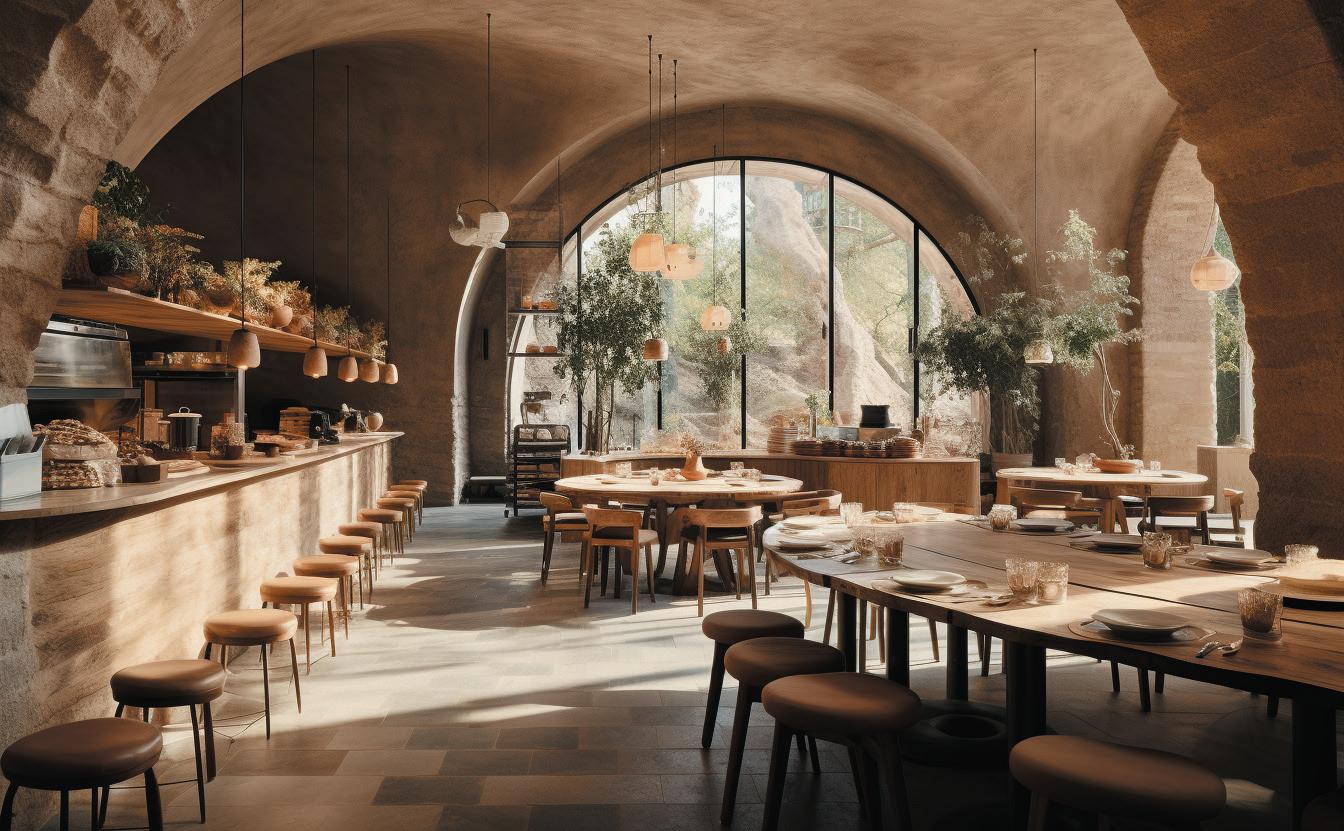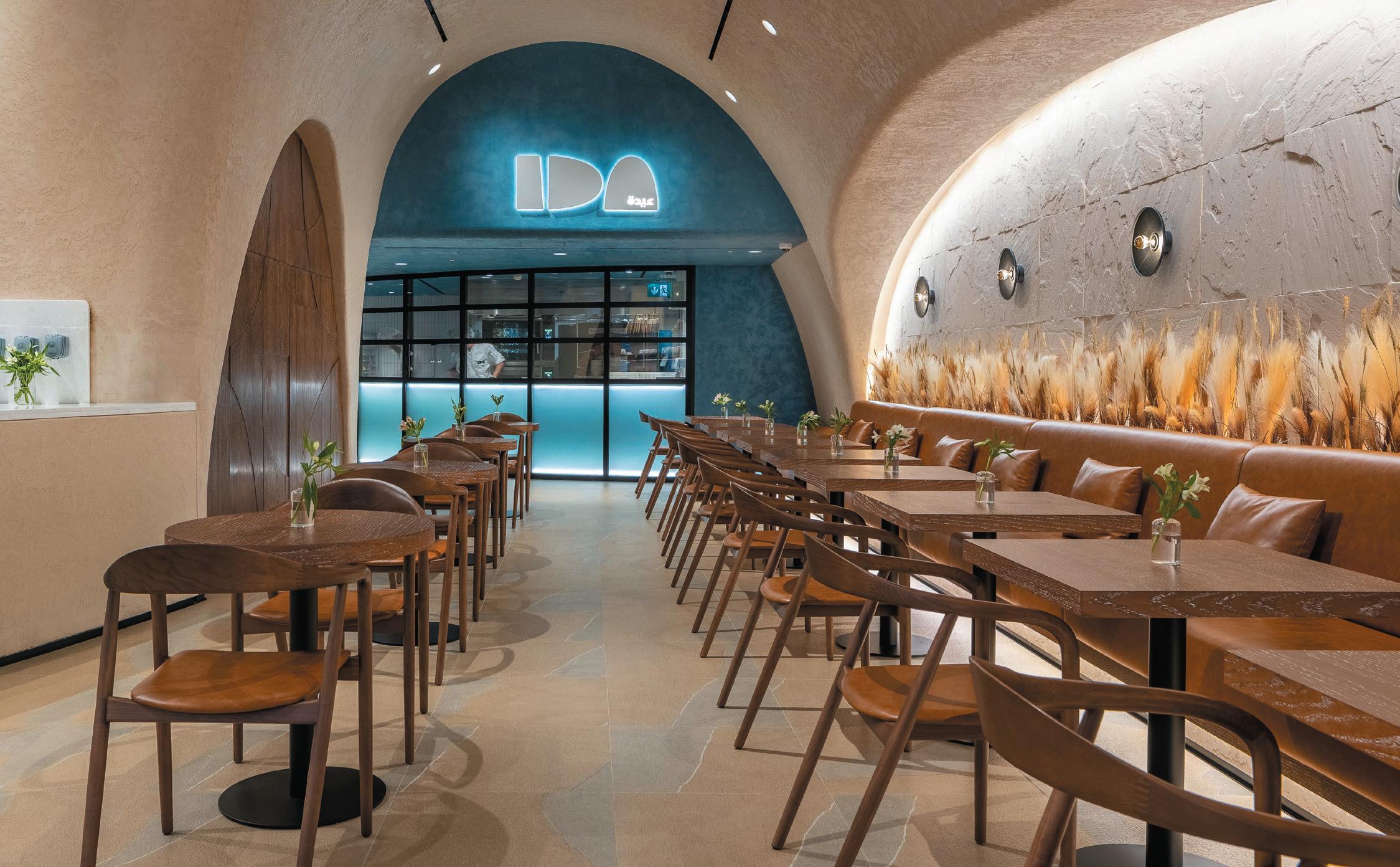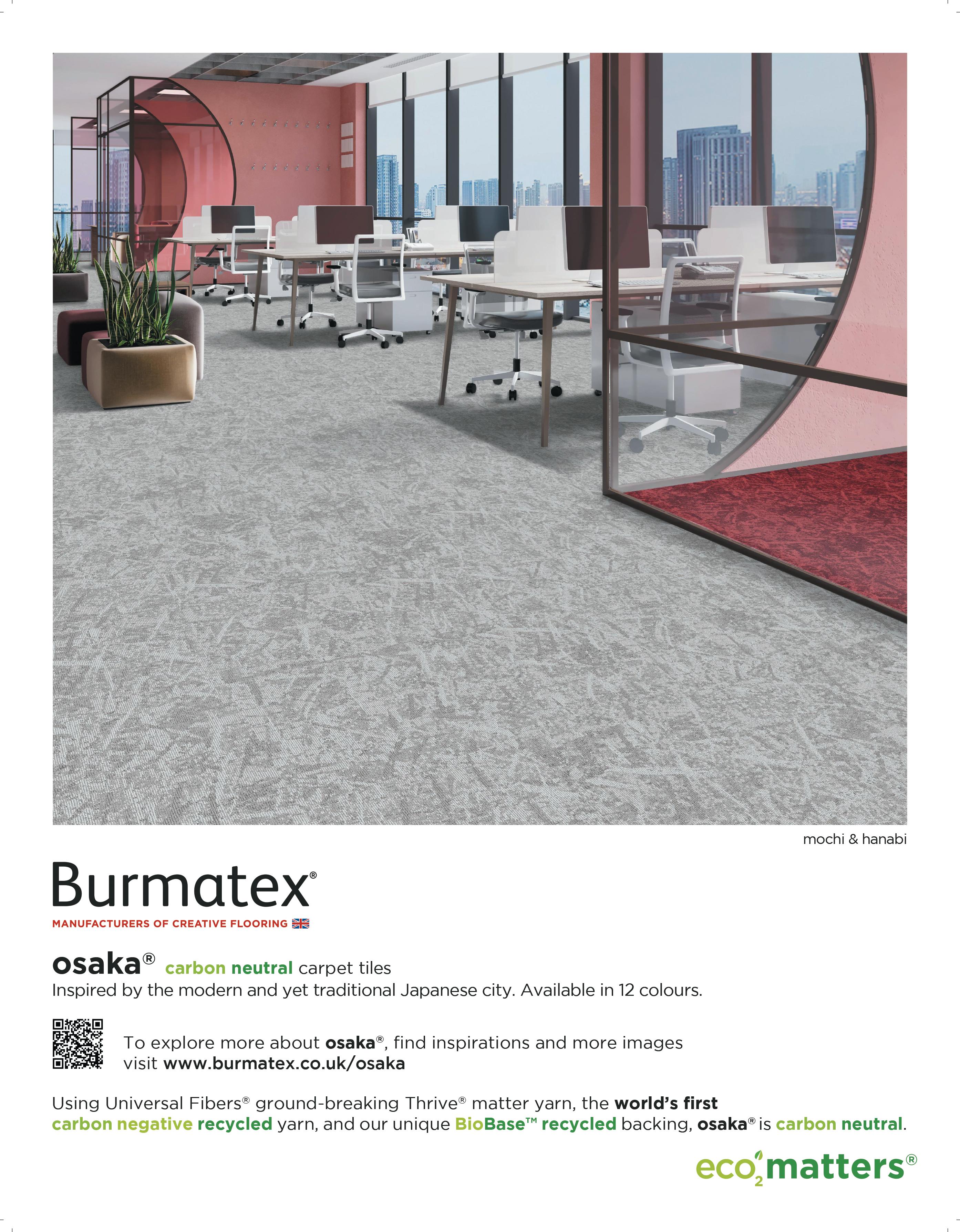
4 minute read
What role can AI really play in shaping innovation and creativity?
4SPACE co-founder and design director, firAS AlSAhin, explores whether AI can truly generate ideas, or if it’s simply a useful tool.
The intersection of artificial intelligence (AI) and design is emerging as a transformative development with the potential to redefine the creative industry. Studios like ours, 4SPACE, are arguably leading this revolution, adopting early and employing AI’s computational power to push the boundaries of traditional design paradigms. Historically, the process of design has been a deeply human endeavour. Designers have drawn from the well of their personal experiences, perceptions and surroundings to bring abstract ideas into tangible existence. Today, however, the integration of AI into this process is disrupting this age-old tradition, adding a new layer of possibility, efficiency and versatility to the realm of design.
The integration of AI into the design process, particularly in its early stages, has already led to substantial shifts in the industry landscape. At 4SPACE we produce high-quality outputs – such as highly personalised and detailed moodboards and design directions – all in a fraction of the time previously required. These improvements have led to increased productivity, reduced turnaround times and, actually, a dramatic enhancement in the quality of work. It’s an approach that has positioned us at the forefront of this AI-driven transformation in the design world.
Despite these impressive advancements, the integration of AI in design has sparked critical and philosophical questions: can AI genuinely ‘create’? Does it have the capacity to produce ground-breaking, innovative work that surpasses human capability?
the
BIg questIon of aI’s creatIve aBILIty
The question of whether AI can truly ‘create’ is a complex and multifaceted one. AI has demonstrated its ability to generate unique and previously unimaginable designs. This capability to generate novel outputs based on data analysis and pattern recognition could suggest that AI can, in fact, create in a meaningful and impactful manner.
However, it’s crucial to recognize that AI, as it currently stands, is fundamentally a tool used by human designers. While it can indeed produce impressive outputs, the genesis of creativity still springs from the human mind. It is the human designer who deftly harnesses the capabilities of AI to explore uncharted design territories. In this sense, the human designer is the master artist and AI is the advanced brush that brings their vision to life. aI’s potentIaL for InnovatIon the future of DesIgn WIth aI
The question, then, of AI’s genuine creative ability perhaps straddles the line between philosophy and technology. While the unique outputs generated by AI might be indicative of a form of ‘creativity’, the spark of inspiration and the process of ideation remain inherently human.
Next question: does AI have the capacity to produce innovative, ground-breaking work? Well, the answer is far less ambiguous: a resounding yes. There’s simply no question at all that AI has demonstrated its potential to challenge existing norms within the design industry. 4SPACE’s innovative use of AI, transforming 2D designs into detailed 3D models, serves as a testament to its potential to usher in change.
There are also numerous instances of AI-assisted designs being lauded for their originality. These examples underscore AI’s capacity not just to enhance human creativity, but blur the lines between art and technology.
However, it’s essential again to acknowledge the indispensability of the human element in this equation. While AI provides precision, efficiency and novel insights, it is the human designers who imbue the process with emotional depth and creative spirit. These elements are integral to producing truly fresh, authentically human-centred designs that resonate with individuals on a deeply personal level.
Looking ahead, it’s clear that AI’s role in design is set to grow exponentially. As AI’s learning capabilities continue to evolve, its potential role in ‘creating’ and innovating in the realm of design can only increase. The implementation of AI across various industries has already led to the creation of designs and solutions that were previously thought to be unattainable. This trend is clearly visible in our own work, particularly in projects involving the design of restaurants, cafes, bars and clubs. Through the power of AI, 4SPACE is not just creating visually stunning interiors but also revolutionising the way people experience these spaces. The firm is using AI to generate pioneering design ideas, tailored to customer needs and preferences, enabling them to deliver a highly optimised and personalised dining experience.

What’s more, AI-powered design systems allow us to quickly and efficiently experiment with different design concepts and approaches. This capability not only leads to faster results, but also opens the door for new possibilities; the previously unimaginable.
So where does that leave us? While AI’s ability to ‘create’ may remain a philosophical question, its impact on the design process is obvious and profound. The real revolution lies not in AI replacing human creativity but in the symbiotic relationship between human creativity and AI. It is this harmonious partnership that holds the key to the future of design, ushering in a new era of unprecedented innovation.mind.
4 space is a multi-award winning, international design studio based in Dubai.
4 space . ae


The ESG acronym is used a lot more than it is understood. Even when we know what the letters stand for, it is much less clear what our obligations are, because they cover a wide range of corporate responsibilities. How can the workplace contribute to a company’s reporting?
The three letters were spawned nearly 20 years ago in a United Nations report that aimed to encourage investors to value ethical behaviour, as well as financial prospects. The UN paper ‘Who Cares Wins’ promoted the idea that commerce has an important role in society, beyond its economic aims. While not an original idea, it encouraged legal definition and the ongoing development of regulations to protect people and natural resources from harmful exploitation. These regulations are still evolving in different jurisdictions, so ESG is the accepted shorthand for this whole area of business responsibility as it matures.
The environmental part (the ‘E’) is the easiest to grasp, as it’s part of the familiar domain of sustainability with its long pedigree, and it bears directly on the materials and operation of every workplace.
By contrast the ‘G’ for governance has far fewer implications for us – our influence over the selection and rotation of company officers is minimal, and the middle ‘S’ for social responsibility is equally, but wrongly, neglected. The social obligation bears on the workplace more than you might at first think.










